Here’s the real deal about the Senate RH Bill.
Last year, I sponsored Senate Bill No.2865, otherwise known as the Reproductive Health Bill. It went through the process – we had hearings, then we made our committee report , which embodies SB 2865. Since then, there have been many questions raised by the public and rightly so, given that intelligent debate and discourse are essential in crafting the best version of any bill.

In fact, it took almost a year before the RH Bill hurdled the interpellation period (debates where I answered questions posed by my colleagues) at the Senate, where every provision was explained, rehashed, and clarified until it was blue in the face. I am not exaggerating. Finally, the bill has moved on to the period of amendments during which the Senate can incorporate changes to further improve the measure.
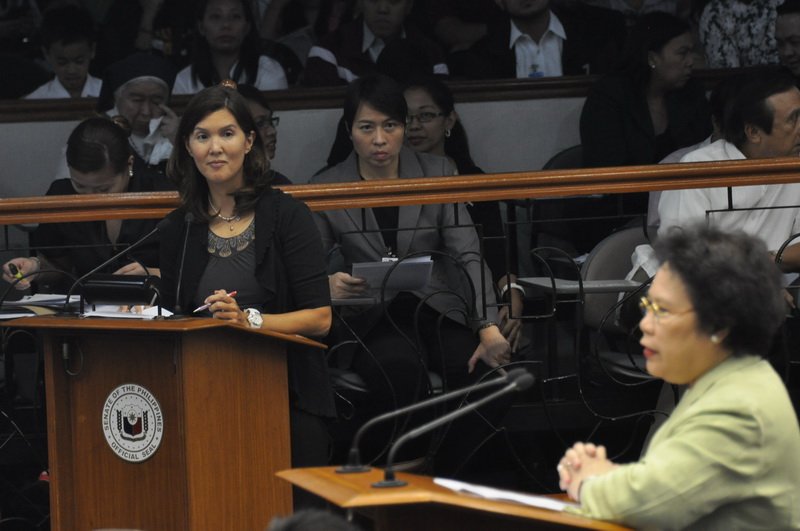
However, it is unfortunate that intelligent discussion is overlooked, sometimes even abandoned altogether by those who mean to distort the meaning and purpose of the bill. Many people are misled by these ill-informed notions. They pass judgment on the RH bill based on misinformation. Don’t take it from the grapevine and learn the facts before taking a stand. Here’s the real deal about the Senate RH Bill.
FACT 1: #RHBill gives a person freedom to choose what family planning method to use, or NOT to use any method at all.
Once and for all, if you do not want to use any family planning method, if you choose to use an artificial mode of family planning or natural family planning, that choice is yours and yours alone. This is made very clear in the following section of SB 2865.
FACT 2: #RHBill does not legalize abortion. In fact, it explicitly adheres to the penal law on abortion.
As I repeatedly explained during the debates, the provision below is meant to ensure that every woman, like every Filipino, deserves optimal health care which includes compassionate care.
In fact, during one of our debates on the Senate floor in September last year, Sen. Vicente Sotto III, who is vehemently opposed to the RH bill, conceded and even agreed with my position that women with post-abortion complications seeking emergency attention in any medical facility should not be treated like criminals. Instead, they must be treated humanely and given compassionate medical care, which is precisely what Section 3 (i) calls for. For more details on that discussion, click on link here: ‘RH Bill won’t legalize abortion’ on my official website.
Sen. Pia Cayetano [explaining Sec.3 (i) and (j) to Sen. Sotto] : ‘It shocks me that there are people who believe that women who have gone through an abortion need to be treated like criminals because they have committed an act which is defined as a crime in our country.’
‘…In fact in many hospitals they are treated badly, they are pushed around to the side. In fact, some of them will bleed to death because they will not even be attended to, to punish them for that crime. And I will fight for the right of this woman to have the care that she needs because the emotional, psychological trauma that goes through to have an abortion is something that we, who have not been through an abortion, can never understand and she deserves that from the State.”
Sen. Vicente Sotto III [agreeing with Sen. Pia’s remark]: ‘Yes, Mr. President, I do agree. As a matter of fact, I will be by the Sponsor’s side in defending that woman.’
Sen. Pia Cayetano : ‘Then we have no problem.’
Source: RH plenary debates (September 5, 2011)
FACT 3: #RHBill does not impose an ideal family size and leaves this decision to couples.
The provisions quoted below is self-explanatory and puts to rest any misconception there may be on this matter.
FACT 4: #RHBill respects the religious convictions and cultural beliefs of all.
I am aware that certain religious groups are anti-RH. I respect their position. But I cannot adopt their position because it would be depriving other Filipinos who have other views on reproductive health and on the reproductive health care and services that they need and want. As I said in my sponsorship speech, it is my job as a duly elected public official to represent every Filipino, not just one religion. Having said that, I repeatedly clarify that those who do not want to use contraceptives are not being forced to. Each person is at liberty to decide for his or herself.
FACT 5: #RHBill will not teach a 10-year-old how to use condoms. RH education is age- and development- appropriate.
Time and again, sex education has been taken out of context. As I explained in my sponsorship speech, sex education shall be age-appropriate. It includes a child using the proper name for their body parts. It includes understanding the biological function of their bodies, such that they know that babies grow in mommy’s tummy and do not come out of bamboo trees.
FACT 6: #RHBill promotes BOTH natural & artificial methods.
Again, there is so much disinformation spreading that only artificial family planning shall be promoted under the RH bill. This is false.
FACT 7: Contraceptives are safe and effective family planning tools
Anti-RH advocates repeatedly raise the issue on the safety and effectiveness of contraceptives. That is a valid concern. But like any medicine or medical device, all contraceptives shall be approved by a government authority, the Food and Drugs Administration (FDA). And like medicines, there will be respect for choices. Couples must decide what is best for them with the advice of their health care provider. Clearly, vasectomy or ligation will not work for a young couple who may want to have more children in the future. On the other hand, some women prefer to use the pill or the IUD. These choices are personal ones. Contraceptives is not a ‘one-size-fits-all’ solution.
FACT 8: #RHBill will not indiscriminately distribute condoms to all.
During the Senate RH debates in October last year, Sen. Ralph Recto repeatedly stated that “Parang nagtutulak tayo ng contraceptives!” (It’s like the government will be ‘pushing’ or peddling contraceptives) in connection with the bill’s principle of “universal access” to reproductive health care services (Section 2) and the provision mandating mobile health care services (Section 12).
In response, I explained that reproductive health care is not all about contraceptives, but addresses real and unmet needs of women and families. The need for a mobile health vehicle in particular is important to reach far-flung areas where health care is inaccessible. These services may not only save a mother’s life, but will help couples plan the number and spacing of their children. I clarified that minors and the youth also have RH needs, which we should address primarily through age-appropriate RH education and counseling. But we should also not turn a blind eye to the alarming problems of teenage pregnancy (we have the highest teenage pregnancy rate in Southeast Asia) and numerous cases of young children being sexually abused, sometimes by members of their own family. These are real issues which we should not trivialize by irresponsible statements that the government would freely give away contraceptives to the youth under the RH bill. As I emphasized on the floor, the mobile health care unit is not a ‘contraceptive ice cream truck.’
For more details, see the highlights of floor debates between Sen. Recto and myself , ‘RH debate highlights: October 5, 2011’ on my official website.
FACT 9: An average of 11 mothers die daily. That’s a fact.
During the Senate debates, Sen. Sotto kept questioning official figures on our Maternal Mortality Rate (MMR). He claimed that the figure of ’11 mothers dying per day’ had no basis, and was merely being exaggerated in media reports.
“Eh alam naman natin siyempre kung papaano dalhin kasi ng media iyong ’11 mothers die a day.’ Eh, hindi, eh.. This cannot be accurate.. So, may I ask the Committee to furnish the Senate a copy of how this survey was derived at.. If they can furnish us, I will try to urge 13 Senators to vote for this bill tomorrow on third reading…” – Sen. Vicente Sotto III, Senate RH debates (Aug. 22, 2011)
I explained that the figure is an average generated from data provided by official sources, such as the United Nations (UN), the National Statistics Office (NSO) and the National Statistics and Coordination Board (NCSB). I also provided my colleagues with a copy of how this number was derived, as illustrated on the table below:
- Notes:
- Column D calculated by dividing Column B by 1000 and multiplying result with Column C.
- Column F calculated by dividing Column D by 100,000 and multiplying result with Column E.
So ngayong meron naman po tayong naibigay na paliwanag, pwede na ba natin asahan si Sen Sotto to call on the majority of senators to act on the RH BILL?
But regardless of whether there’s just one woman or 11 women dying daily, the fact remains that mothers are dying from a highly-preventable cause. If there were only 10 women or 3 women dying, is that one life not worth saving? Who are we to deprive them of access to information and supplies that can possibly save their lives?
FACT 10: #RHBill will not force anyone to act against their ethical or religious beliefs.
Anti-RH advocates often state that people are being forced to adopt a certain type of family planning method. Or that health care providers will be forced to recommend certain kinds. Fact 1 above already clarifies that each person is free to make their own choice of family planning method. Sec 18 below further provides that a heath care provider can make a conscientious objection.

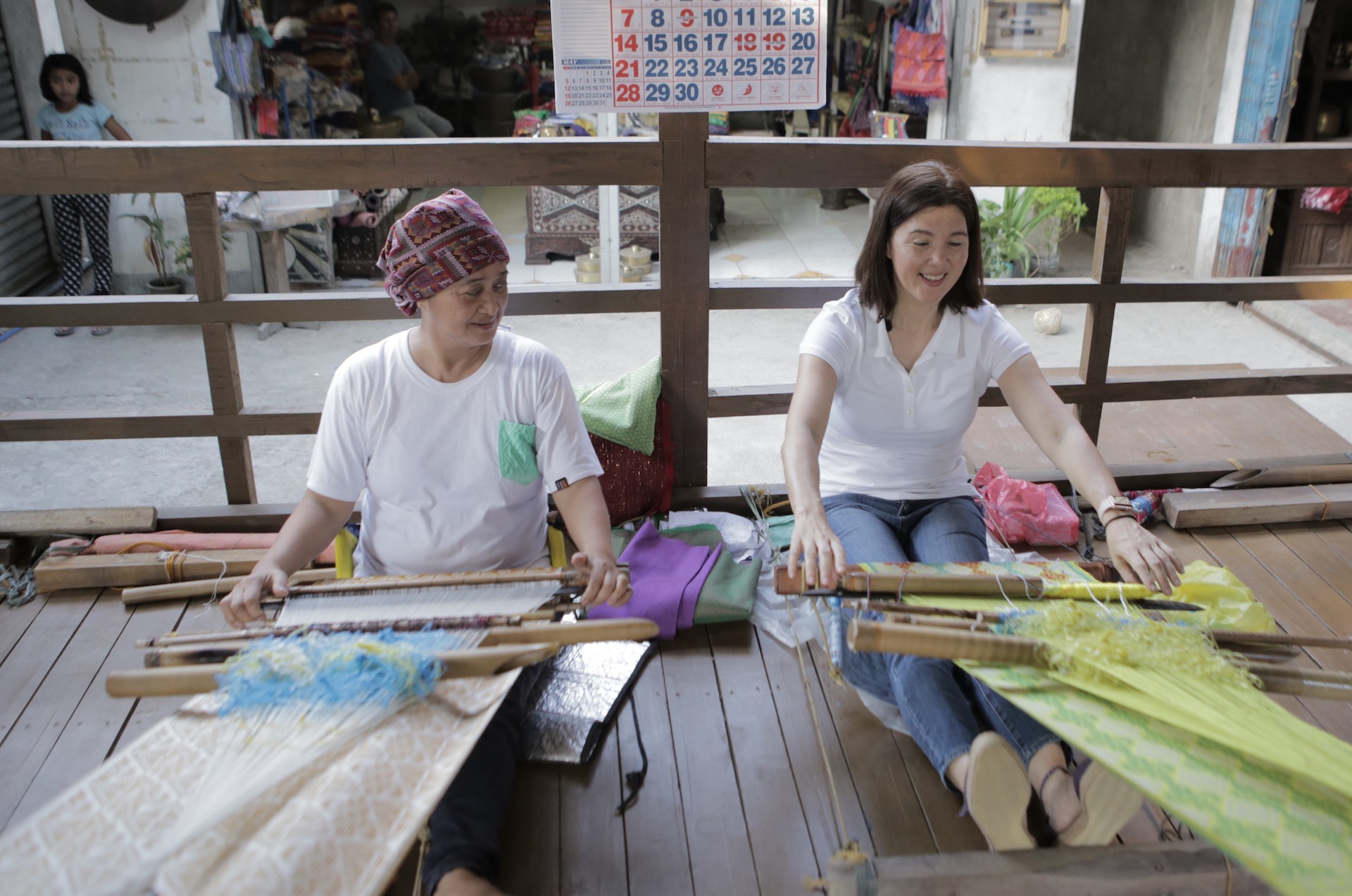








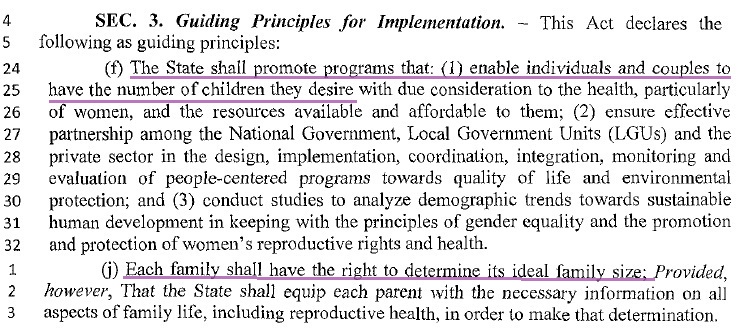


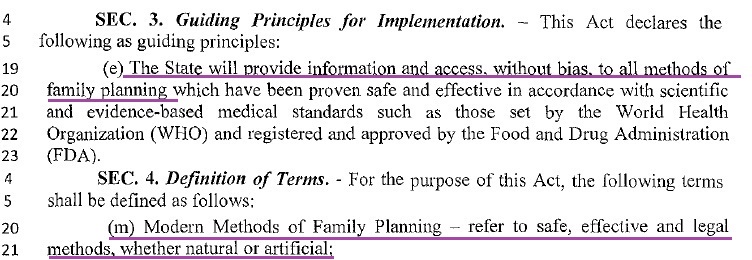

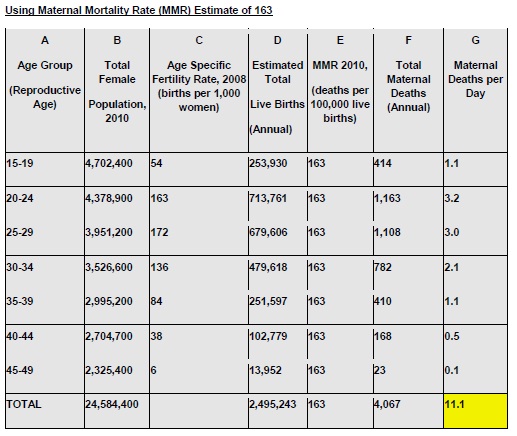
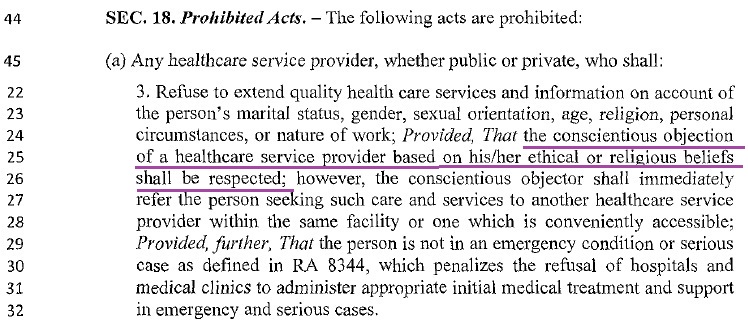
0 comments on “Ten facts about the RH Bill”